The beloved bass… it’s the heartbeat of a track, the foundation upon which every other element is built.
As a producer, it’s vital that your basslines stick out in a major way.
If they don’t, your track risks becoming just another drop in the vast ocean of boring beats and mediocrity.
However, no need to worry, because if you’ve ever struggled with making that bassline slap, this guide is for you.
We’ll be breaking down everything you need to know in order to create a memorable, fire bassline every single time.
In today’s article, we’ll be covering:
- Bassline basics ✓
- Historical deep dive ✓
- Vital instruments & tools ✓
- How to create legendary basslines ✓
- Expert crafting techniques ✓
- Digital mastery ✓
- Advanced bassline tips ✓
By the end of this article, you’ll have all the tools, techniques, and knowledge needed to craft legendary basslines every single time.
We’re going to dive into the depths of bass and discover its secrets.
So, let’s dive in…
Table of Contents
What Constitutes a Bassline?
Every beat, every song, every moment in music where you feel the urge to nod your head or tap your feet 一 there’s a bassline working its magic.
The rhythm might get your attention, but it’s the bassline that holds it.
In this first section, let’s break down its anatomy.
-
Definition & Components: Bass Notes, Bass Part, Double Bass

At its core, a bassline consists of a series of bass notes played in a sequence.
This can come from the:
- Plucky strings of a bass guitar
- Deep resonance of a double bass
- Synthesized notes of modern keyboards
It’s the foundation upon which the rest of the song is built.
While the bass part may sometimes play in the background, its role is pivotal.
A good bass part complements and emphasizes the other instruments 一 creating a harmonious blend that gives depth to the music.
The double bass, in particular, holds a special place in the evolution of basslines.
Its unique timbre and ability to produce powerful lower-register sounds make it an instrument of choice for many, especially in genres that appreciate a raw, organic touch.
-
The Role of a Bassline in a Beat/Song
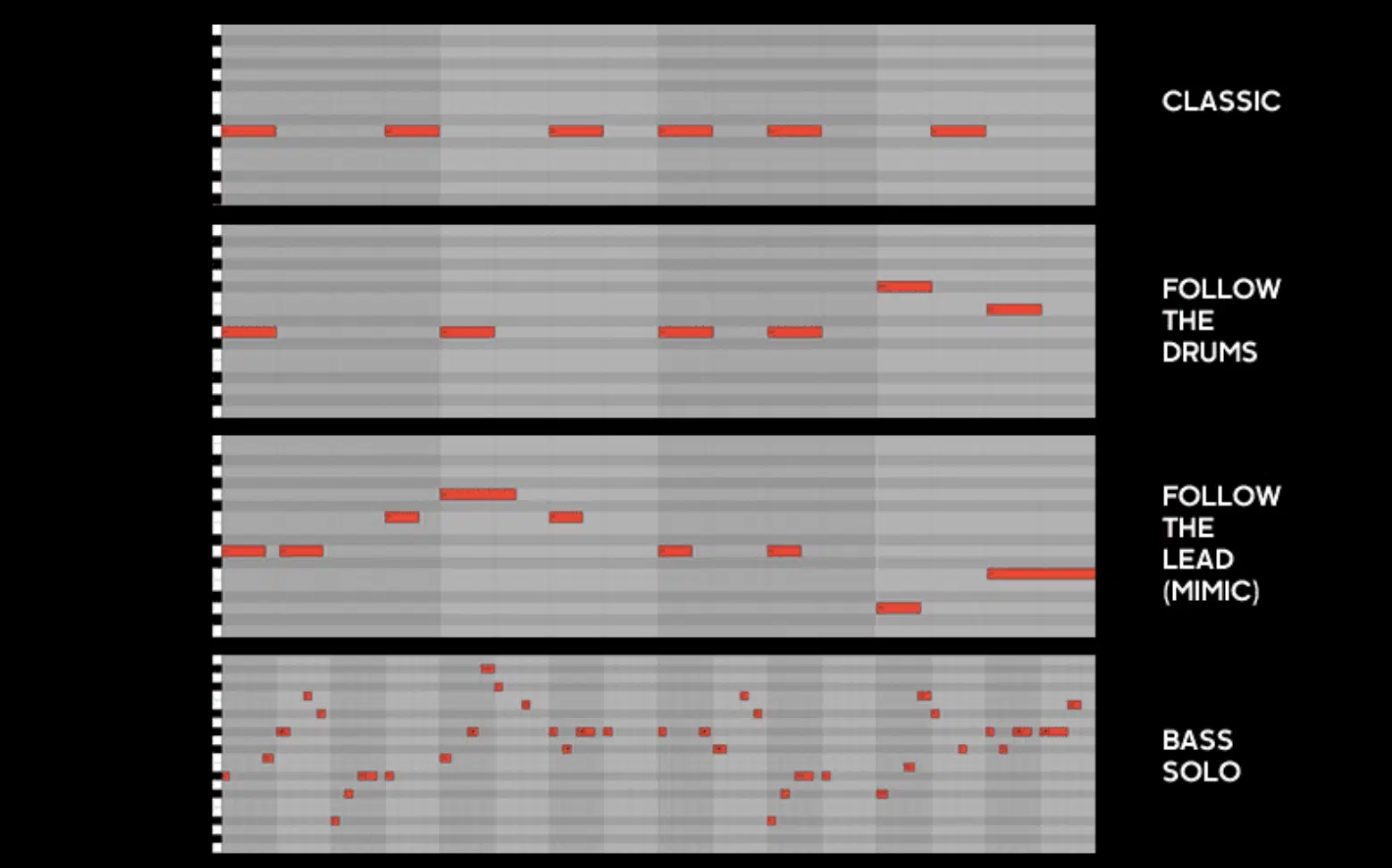
A bassline is like the heartbeat of a song, there’s no doubt about it.
Whether overt or subtle, it gives life to a track and syncs seamlessly with other instruments to set the song’s mood and pace.
In hip-hop (where the beat is king) the bassline is the crown.
It can dictate the energy of a song 一 moving from slow, deep rumbles in more laid-back tracks to quick, punchy notes in high-energy bangers.
But it’s not just about rhythm… the bassline often plays with the melody.
At times echoing it, at other times contrasting it, but always ensuring that the song feels full, rich, and complete.
-
How Basslines Differ Across Genres: Rock, Pop, Trap, Reggae, Funk
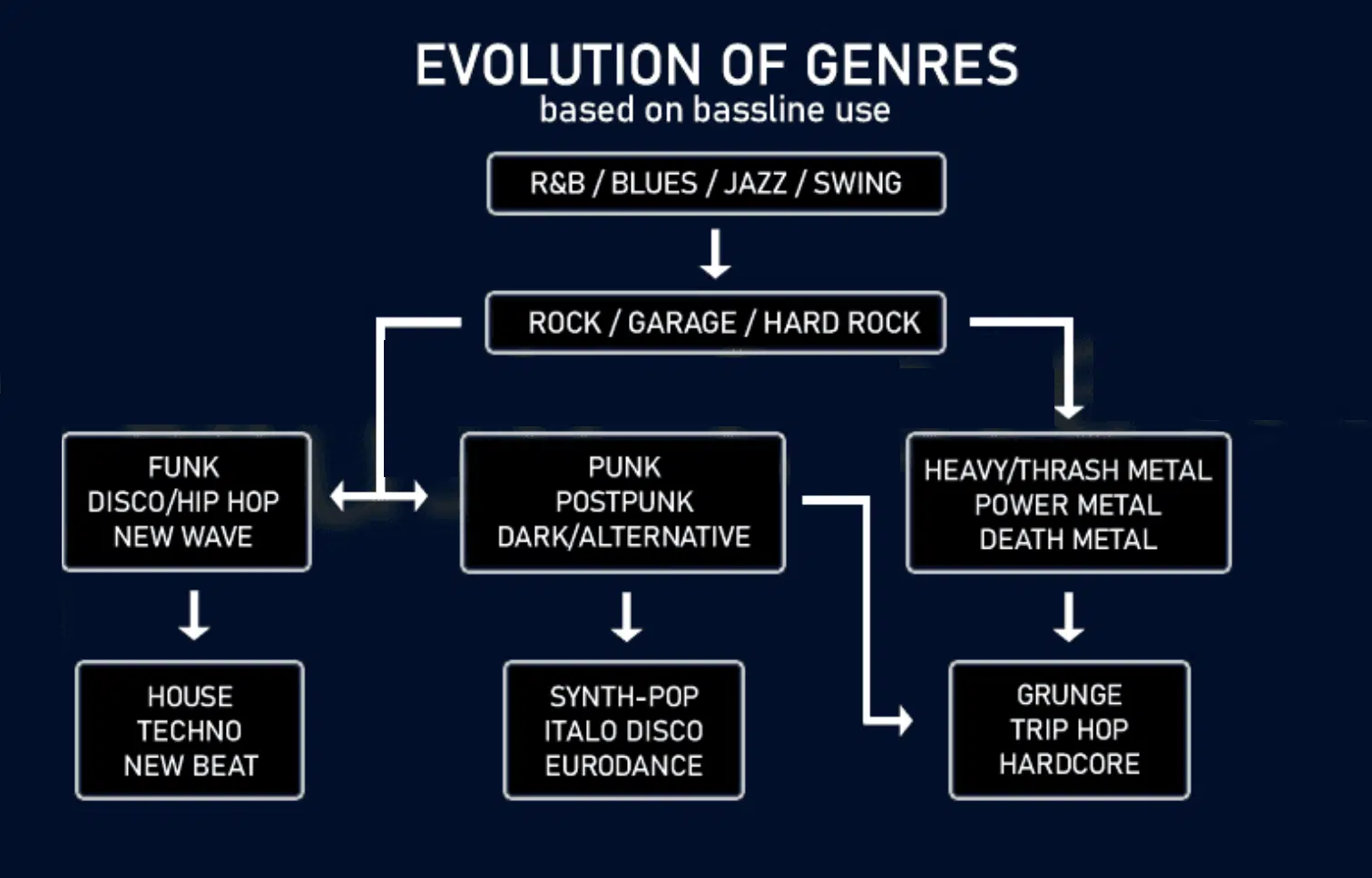
To truly become a bass master, you must first understand the intricacies of basslines across different music genres:
In rock music the bassline often syncs with the drums 一 giving that powerful, head-banging vibe.
A rock basslines can be aggressive, driving forward with intent, or it can be mellow, laying a soft foundation for the guitars and vocals.
Pop basslines are super versatile.
A pop bassline can be funky, groovy, or even take a backseat, allowing vocals to shine.
In genres like trap, reggae, and funk the bassline is front and center.
A trap bassline, for example, heavily relies on 808s to provide that deep, rumbling undertone.
Reggae music is all about that slow, deliberate pace where the bassline takes its sweet time.
Therefore, reggae basslines perfectly match with the laid-back rhythm.
Funk music loves its slap bass technique. This makes the funk bassline pop and sizzle, ensuring you can’t help but dance.
The Evolution: Hip-Hop Basslines Through Time Bass
The tapestry of hip-hop is rich, diverse, and has seen many evolutions. At its heart, the bassline has been both a constant and a point of change.
Let’s rewind and drop the needle on this recording of history.
-
The Birth of Hip-Hop & Its Unique Bass Style
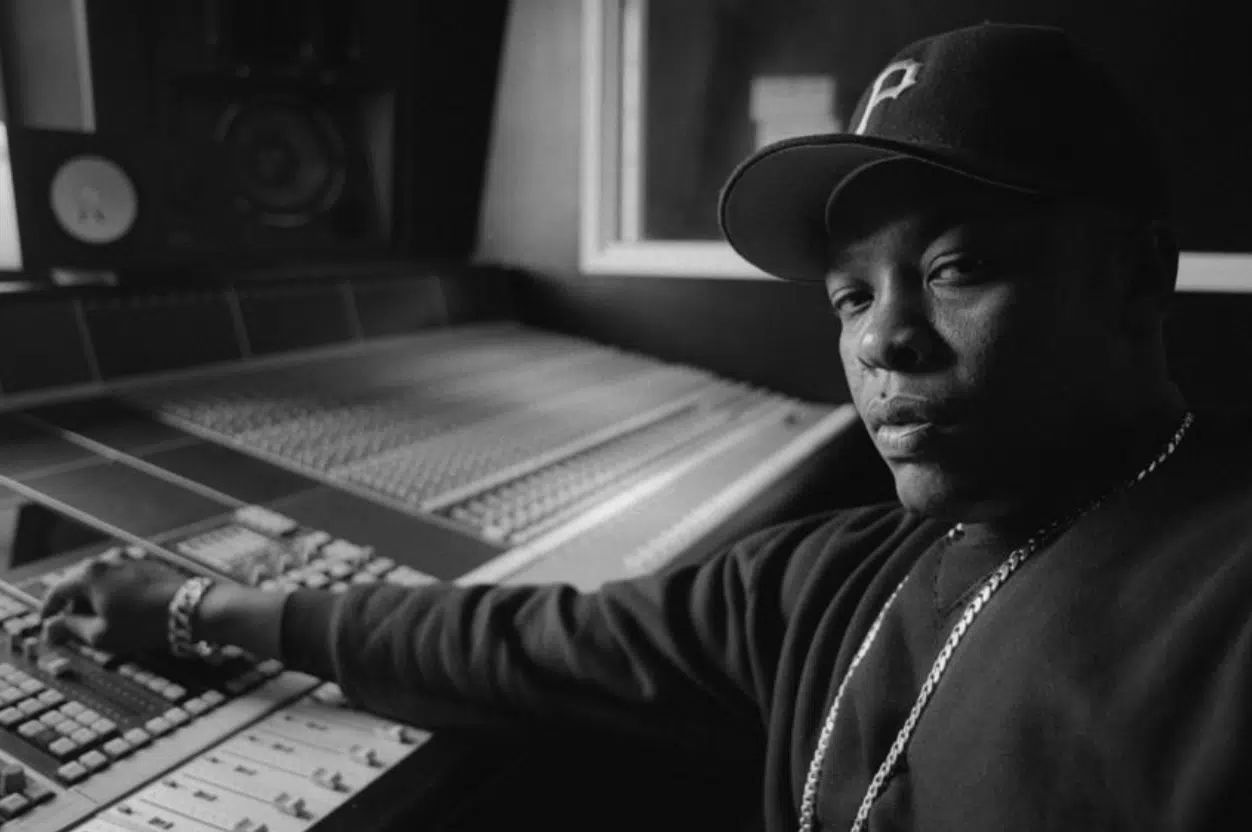
Hip-hop emerged from the Bronx in the 1970s, blending elements of funk, jazz, and soul songs.
The bass guitar was dominant, with bass players taking center stage 一 crafting deep grooves and mesmerizing lines that made the tracks stand out.
Early hip-hop sampled a lot of funk and disco songs, where the bassline was key.
This sampling culture brought to hip-hop a wide palette of bass sounds.
This ranged rom the live bass guitar grooves of James Brown tracks to the synthesized lines of 80s funk.
As hip-hop artists began composing original beats, the basslines started to carry distinct characteristics: repetitive yet catchy, deep yet groovy.
You didn’t have to be a literal bass player/bassist or own an electric organ in order to produce music or songs with outstanding bass lines anymore.
It was about making a statement, and the bass was the megaphone.
If you’d like to discover the absolute best hip hop samples of 2023, we’ve got you covered.
-
How the Bassline Has Evolved in Hip-Hop Over the Decades
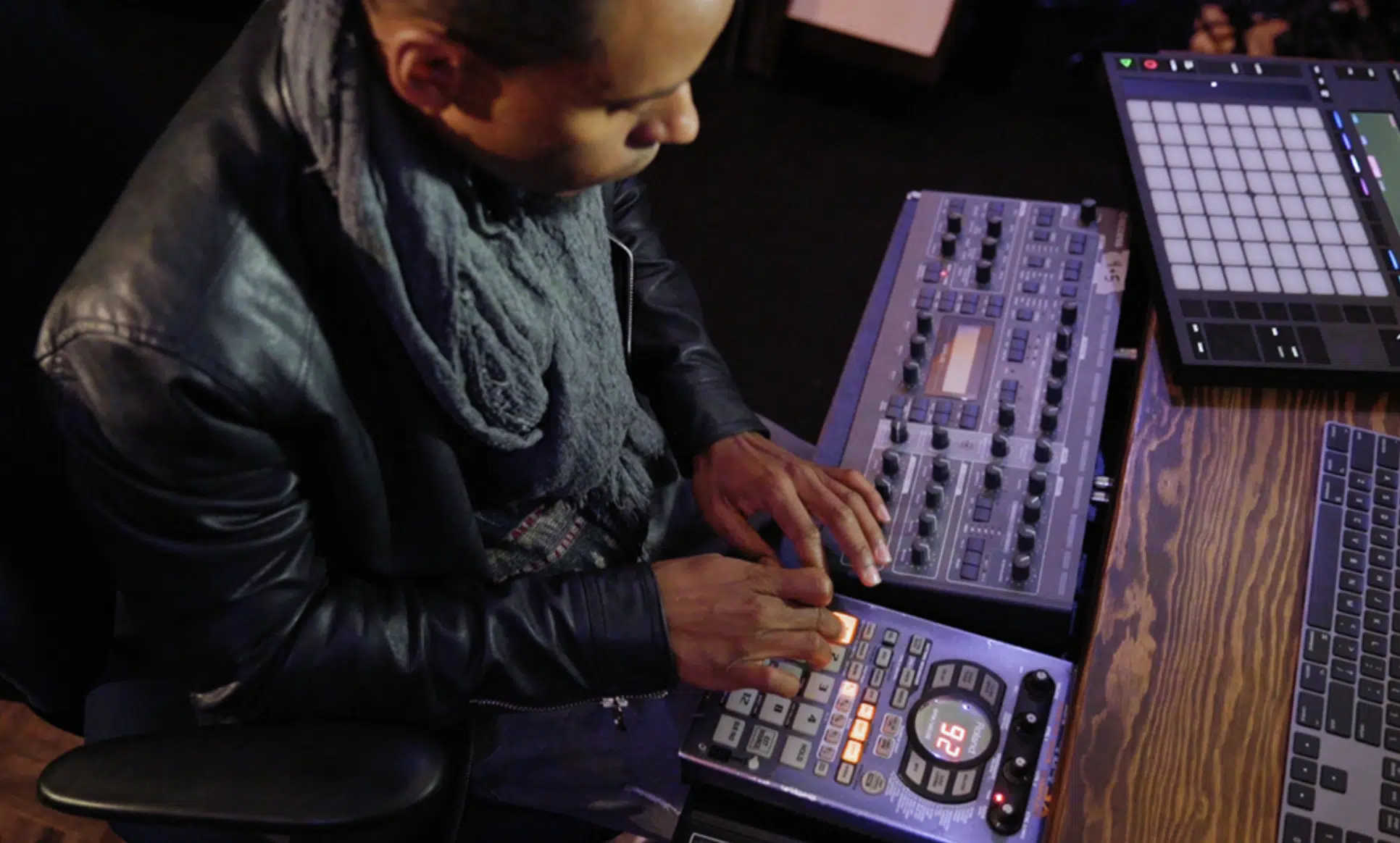
Moving into the 1990s, as hip-hop music expanded, the sound of the bassline evolved.
With the advent of better synthesizers and the popularization of the 808 drum machine, bass sounds became:
- Deeper
- Punchier
- More varied
In the 2000s, with producers like Timbaland and Pharrell, basslines started to incorporate sounds from other songs and genres (like rock and pop).
The bass became more melodic, sometimes even carrying the main melody of the song.
Come the 2010s, trap music took over…
Those deep, rumbling 808 basslines became synonymous with hip-hop.
Meanwhile, artists like Kendrick Lamar and J. Cole played with jazzier, more complex basslines.
This showcased the genre’s true versatility and flexibility.
Instruments & Tools: From Bass Guitar to 808s
From fingers plucking strings to fingers tapping on MIDI controllers, the tools of the trade have evolved.
But the spirit?… It’s all about that bass, baby (just ask Nicki Minaj).
-
The Bass Guitar and Double Bass in Early Hip-Hop
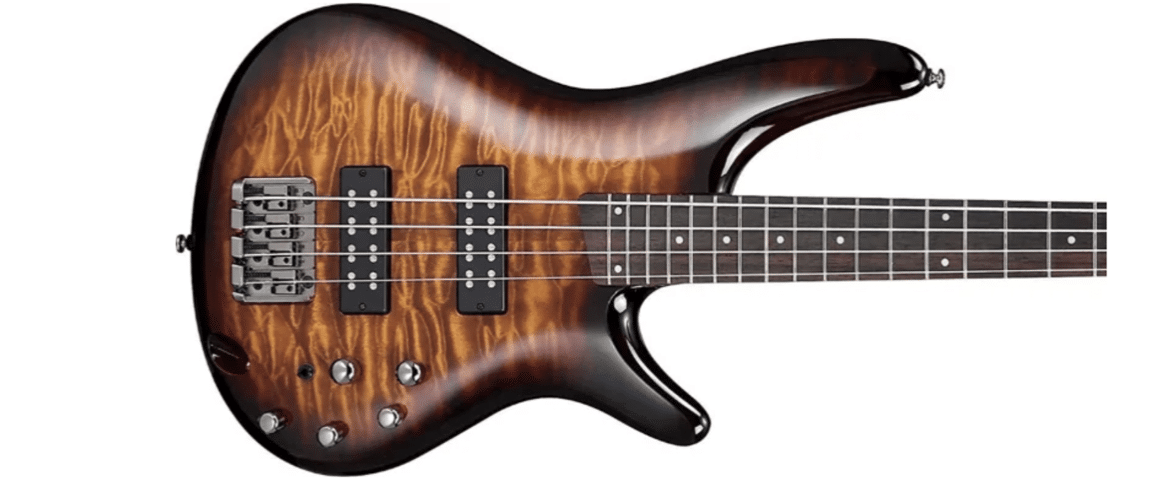
The early days of hip-hop music saw the dominance of the bass guitar and the double bass.
Bass players would lay down epic grooves that were infectious 一 making listeners want to groove along.
The double bass brought a unique texture, especially when slapped or plucked aggressively.
It was about feeling the bass, not just hearing it.
The bass guitar, with its versatility, could provide a wide range of tones.
From deep and mellow to sharp and punchy, it was the instrument that laid the foundation for many iconic hip-hop tracks.
-
Transition to Synthesizers and Keyboards in Modern Production
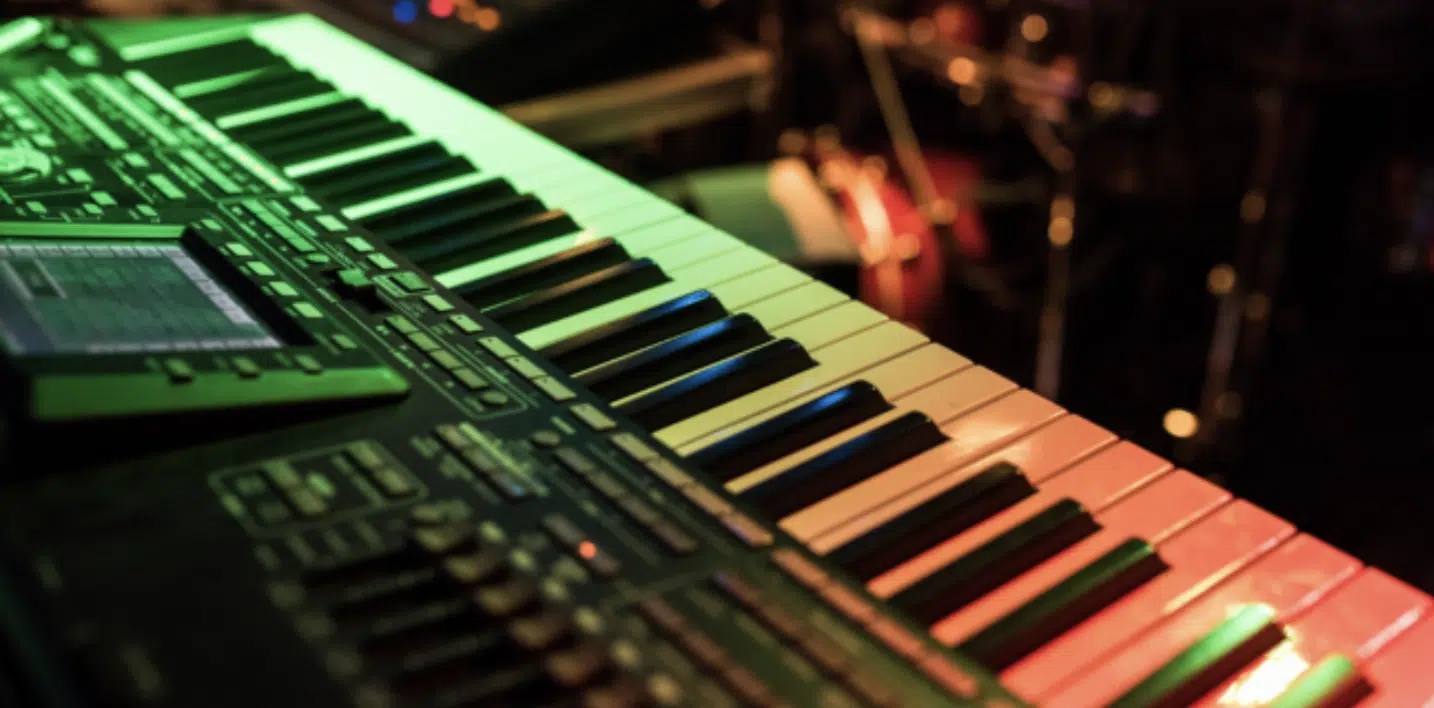
As technology advanced, synthesizers and keyboards began to find their place in hip-hop music production.
With the synthesizer and keyboard came a plethora of new sounds.
It allowed music producers to craft unique basslines unheard in the days of traditional instruments.
A few examples of keyboards that have shaped the sound of hip-hop basslines include:
- The Yamaha DX7 keyboard
- Roland Juno series keyboard
- The Korg Mono/Poly keyboard
Their ability to emulate real instruments while also offering entirely new synthesized sounds made them invaluable.
Modern DAWs (like Serum and The Legend by Synapse Audio) took this a step further.
With software synthesizers and a vast library of samples, you now have an arsenal of bass sounds at your fingertips to ‘jam’ out to.
All ready to be molded and shaped to fit any style beat or music genres.
And the beauty of it?…
You don’t have to pay for lessons or confide in bassists in order to do so.
Crafting Your Own: Techniques for Killer Basslines
Crafting a killer bassline isn’t just about the tools 一 it’s about the techniques.
Here’s how to make your basslines extremely memorable, punchy, and perfectly groovy.
-
The Foundation: Starting with the Right Chords and Rhythm
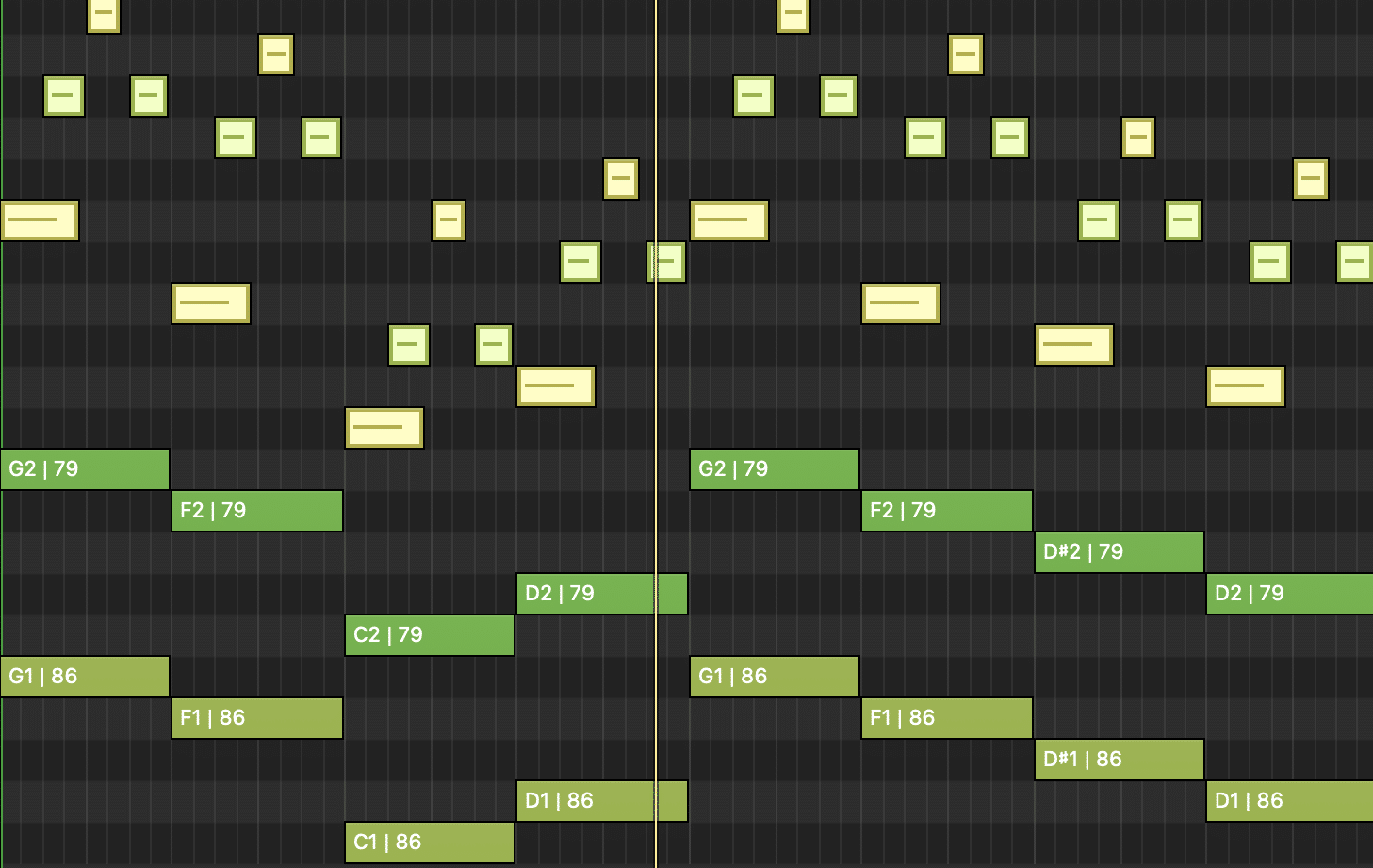
Before laying down that bassline, it’s crucial to have your chords and rhythm in place.
These essentially serve as the roadmap for your bass and help guide it throughout the entire song.
Understanding the chord progression will help you determine the key bass notes that will harmonize perfectly with the rest of the song.
- Sometimes 一 It’s as simple as playing the root notes of the chords.
- Other times 一 You might want to add some passing notes for flair.
Rhythm is equally essential.
Whether you’re going for a laid-back groove or an upbeat bounce, the rhythm will dictate how your bassline moves and feels.
Always keep it in sync with the drums, and don’t be afraid to play with syncopation to add some unexpected grooves.
-
Creating Basslines From Your Chord Progressions
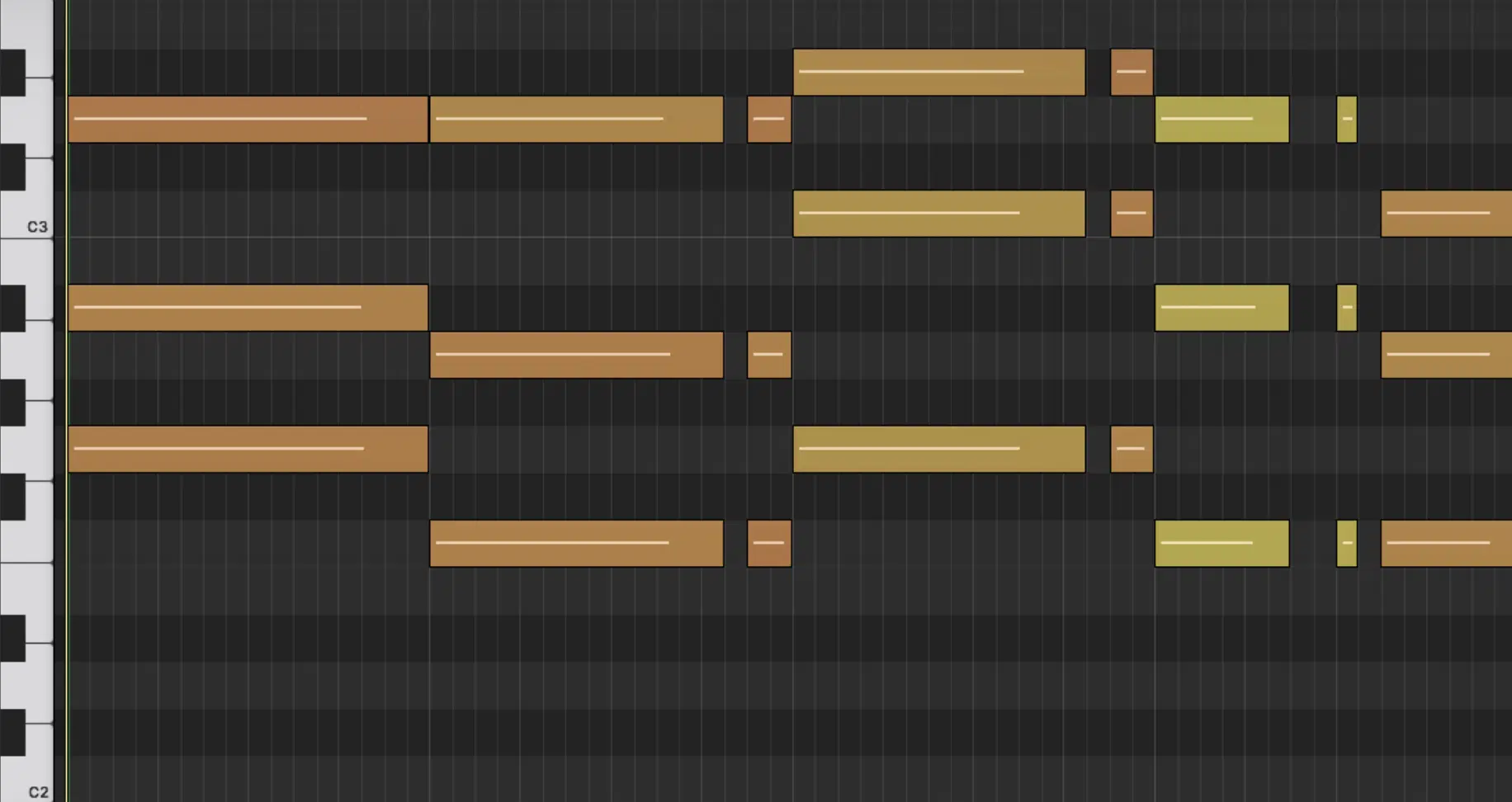
The secret sauce of many iconic hip-hop songs lies in their chord progressions.
Your chords serve as the foundation 一 the bassline, on the other hand, is the structure built upon it.
For a solid bassline:
- Follow the root notes of your chord progression, which ensures harmony.
- From there, spice it up.
If your chord is a C Major, your primary bass note would be C.
But, try throwing in some other notes from the chord (E and G), or even an octave up or down, for variation.
Remember, less is sometimes more…
While it’s tempting to get intricate, a simple, groovy bassline often sticks in listeners’ minds.
Think of Dr. Dre’s production; his basslines are often straightforward but utterly and completely unforgettable.
-
Playing with Different Pitches & Quarter Notes

Variety is the life of a bassline, that’s a fact.
Different pitches can give your bassline an evolving, dynamic feel 一 preventing it from getting monotonous.
Quarter notes can offer you rhythmic consistency.
They can be your bassline’s heartbeat and provide a steady groove that drives the song.
Mixing them with eighth or sixteenth notes can make your bass dance around the beat, creating dynamic patterns that keep listeners hooked.
NOTE: Always remember, your bass should complement the other parts of your music.
If you have a busy melody or a complex drum pattern, a simpler bass rhythm using primarily quarter notes can provide stability.
-
Experimentation: Using the Upper Register and Bass Solos
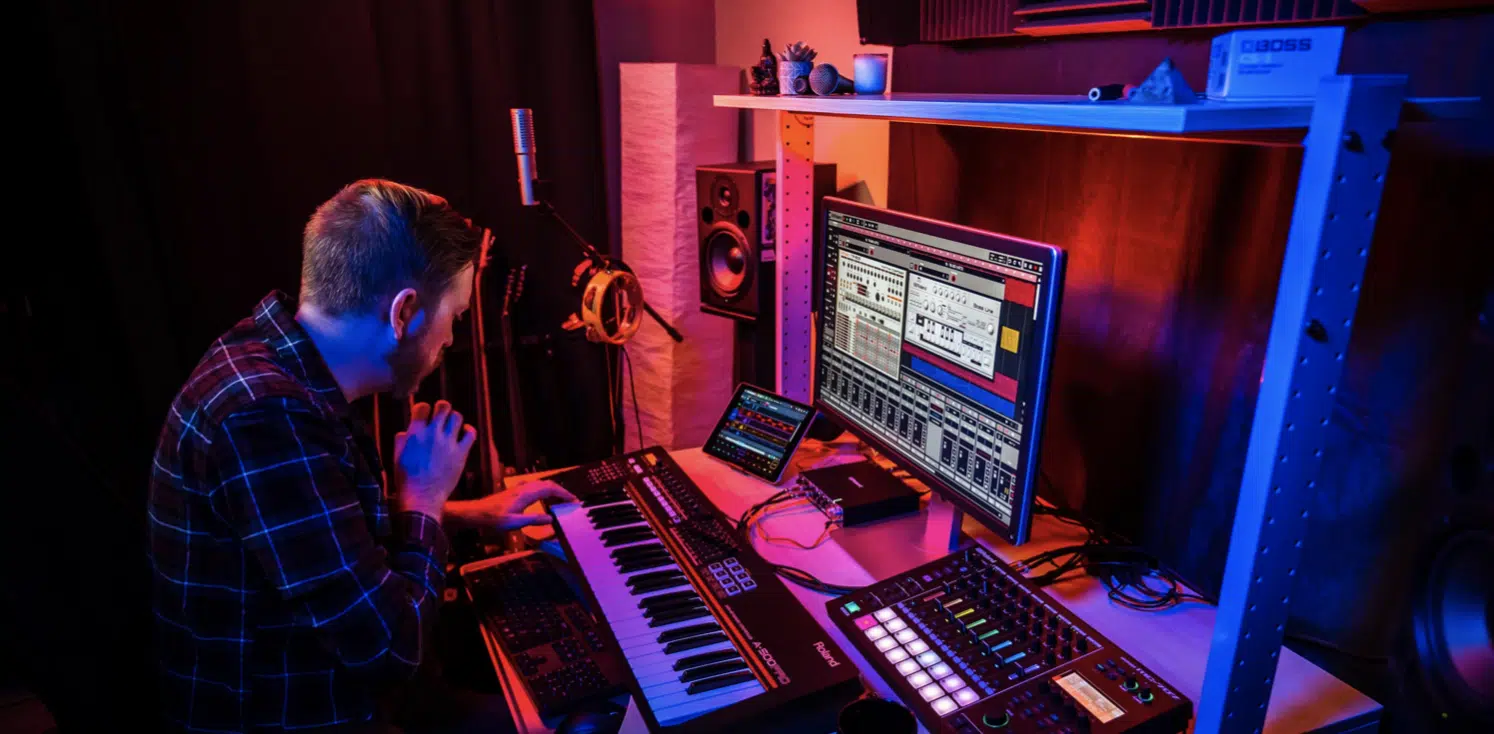
Nobody ever said bassline are strictly confined to the low end.
Therefore, experimenting with the upper register can add a fresh twist and make your bassline really pop in many forms.
A bass solo in hip-hop?… Why not!
It can provide an unexpected and thrilling break, which helps showcase your bass crafting skills.
Just make sure it fits the song’s vibe and doesn’t overshadow the other elements.
The key to successful experimentation is simply to listen.
Constantly play back what you’ve created and ensure that it gels with the vibe and feel of your track.
And always trust your ears; if you hear that it sounds off, it probably does.
Digital Production: Bass in the Modern Age
The digital age has completely revolutionized how we create music.
Let’s see just how and why that is.
-
The Rise of DAWs & Digital Music

Digital Audio Workstations (DAWs) opened a universe of possibilities.
Producers no longer needed expensive studios 一 killer tracks were crafted in bedrooms and home studios.
DAWs brought in the precision and manipulation capabilities.
Meaning, basslines could be crafted note-by-note, with the ability to adjust:
- Pitch
- Duration
- Velocity
It democratized music production in a sense, making it accessible to all.
With plugins, synthesizers, and an infinite library of samples, modern music production gave the bassline an expansive playground.
Whether you wanted the raw sound of a double bass or the futuristic pulse of a synthesized 808, everything was just a click away.
-
Crafting Bass Parts with Software Instruments
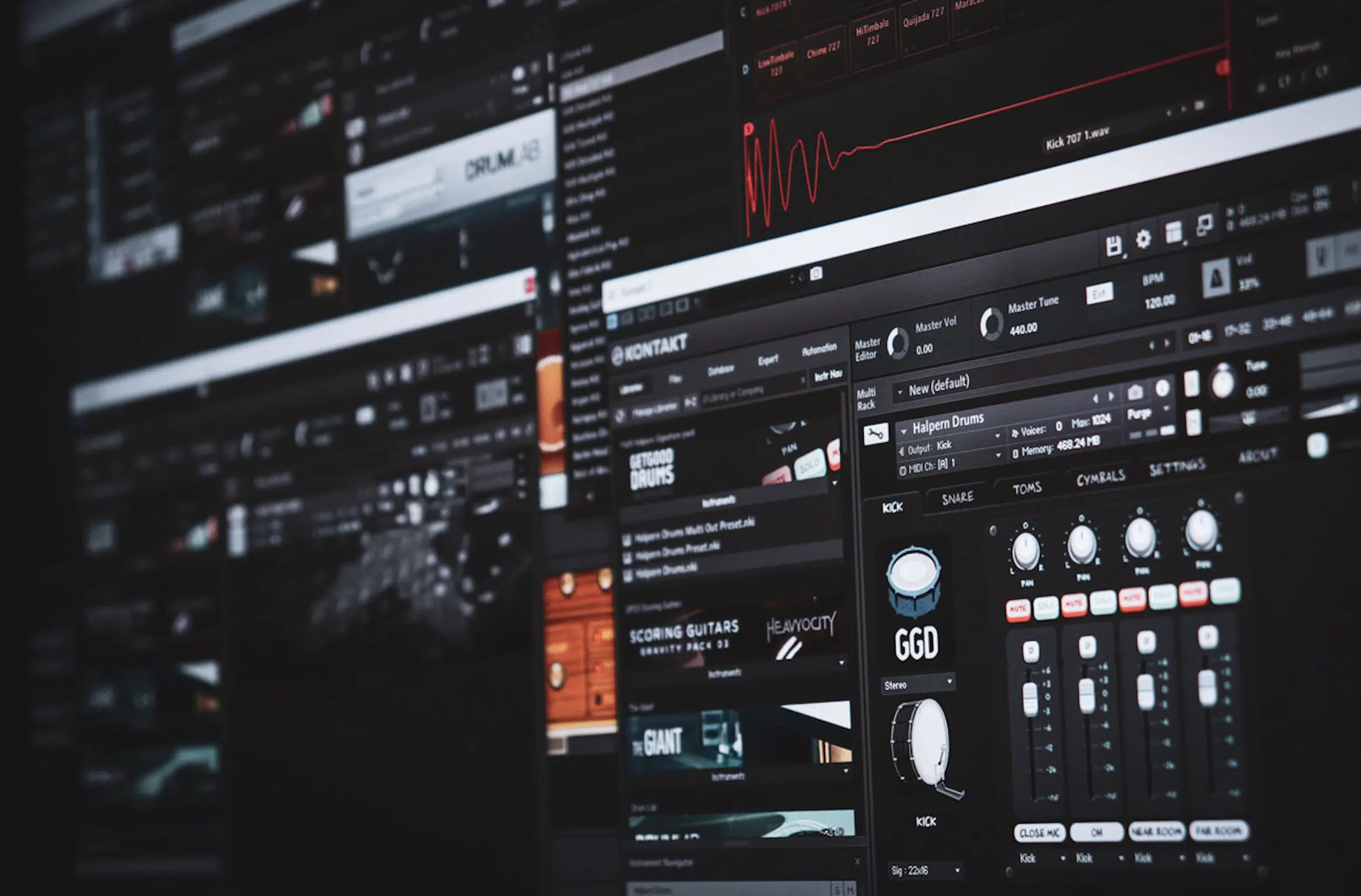
Software instruments (or, VSTs) are the magic wands of modern music producers.
With them, any sound imaginable can be created.
For hip-hop basslines, VSTs like Massive, Serum, and Sylenth have become industry standards.
With intuitive interfaces and vast sound design capabilities, crafting a unique bass sound that stands out in the mix has never been easier.
Yet, with this vastness comes the challenge of choice.
My advice? Start simple, like:
- Exploring presets
- Understanding what each knob & slider does
- Diving deep into crafting signature sounds
From there, you can start getting more creative and crazier.
Soon after that, you’ll be able to produce killer basslines with immense ease and fluidity.
-
Designing Your Own Bass Synths & 808s
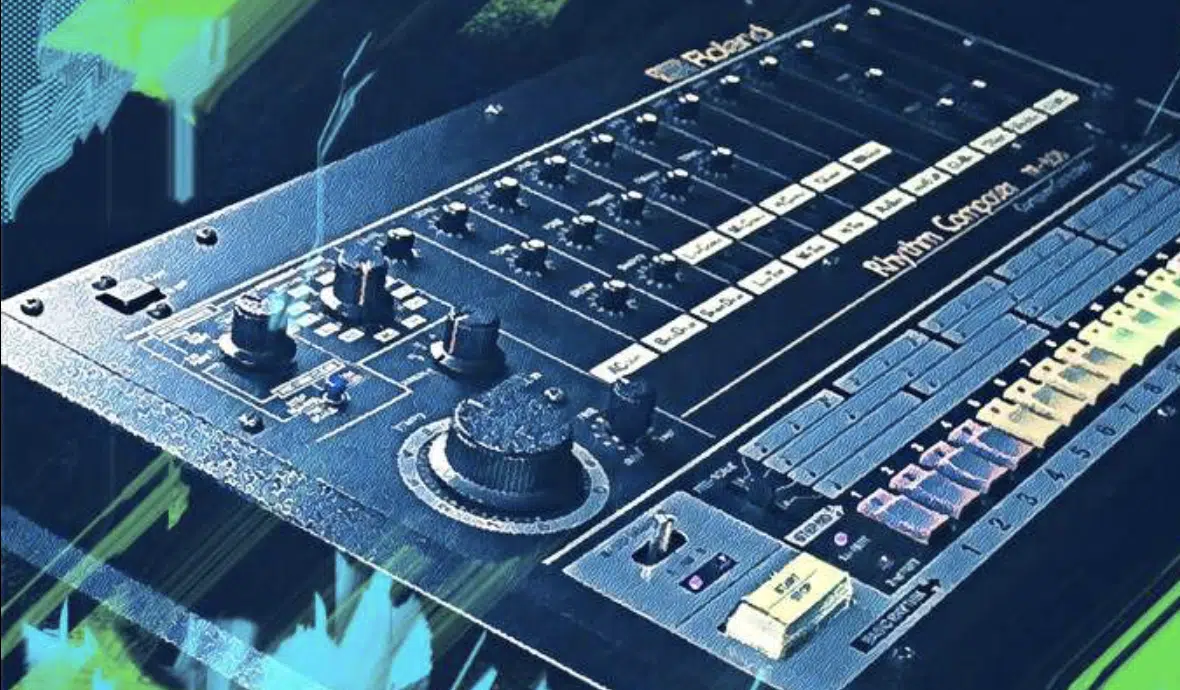
Why use a preset when you can design your own?
Crafting your very own bass synths provides a signature sound 一 something uniquely ‘you.’
Start with a basic waveform (a sine or a saw), then:
- Modulate it
- Filter it
- Distort it
Every change you make crafts a new sonic signature.
The 808s, in particular, have been shaped and reshaped in countless ways in hip-hop, providing a wide sonic palette.
Layering is another trick.
Combine a sub-bass with a mid-frequency bass, and you’ve got depth and definition.
It’s all about experimentation and finding what fits the track’s vibe.
-
Mixing & Mastering: Making Your Bassline Stand Out in the Mix
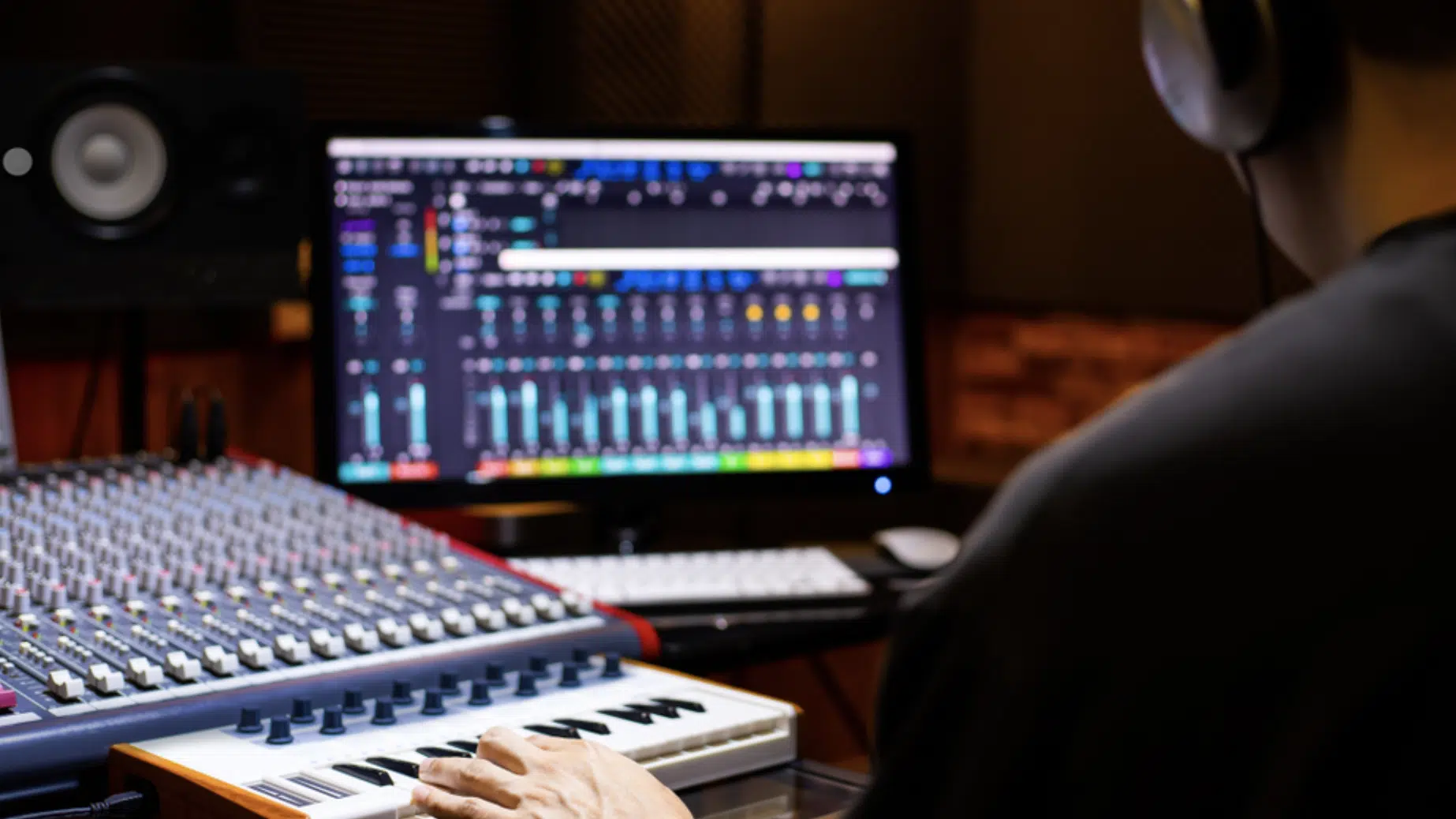
A killer bassline, if not mixed well, can get lost, and that’s where mixing and mastering come in.
Learning how to not only only mix and master, but incorporate audio effects is crucial in creating a dope bass line.
#1. Use EQ to carve out a space for your bass, ensuring it doesn’t clash with other low-frequency elements.
#2. Compression can provide consistency, making sure the bass maintains a steady presence without overpowering other elements.
#3. Sidechain compression (especially with the kick drum) can make your bass pulse in sync with the beat.
It successfully provides that beloved ‘bounce’ every hip-hop track craves.
NOTE: Remember, while mixing, always trust your ears.
Compare your mix with other professional tracks in the genre, and ask yourself:
- Does your bassline stand out?
- Is it too dominant or too subtle?
- Does it fit the unique vibe you’re going for?
If something is indeed off or needs changing, simply adjust accordingly.
Mastering is the final touch: a well-mastered bass will shine across all playback devices, from booming club speakers to earbuds.
It provides consistency in sound and ensures your bassline remains the heart of the track.
Final Tips & Tricks: Elevating Your Bass Game
Let’s fine-tune those bass skills with some advanced techniques that can make your basslines even more captivating.
-
Creating 808 Glides & Slides from an Existing Bass Line
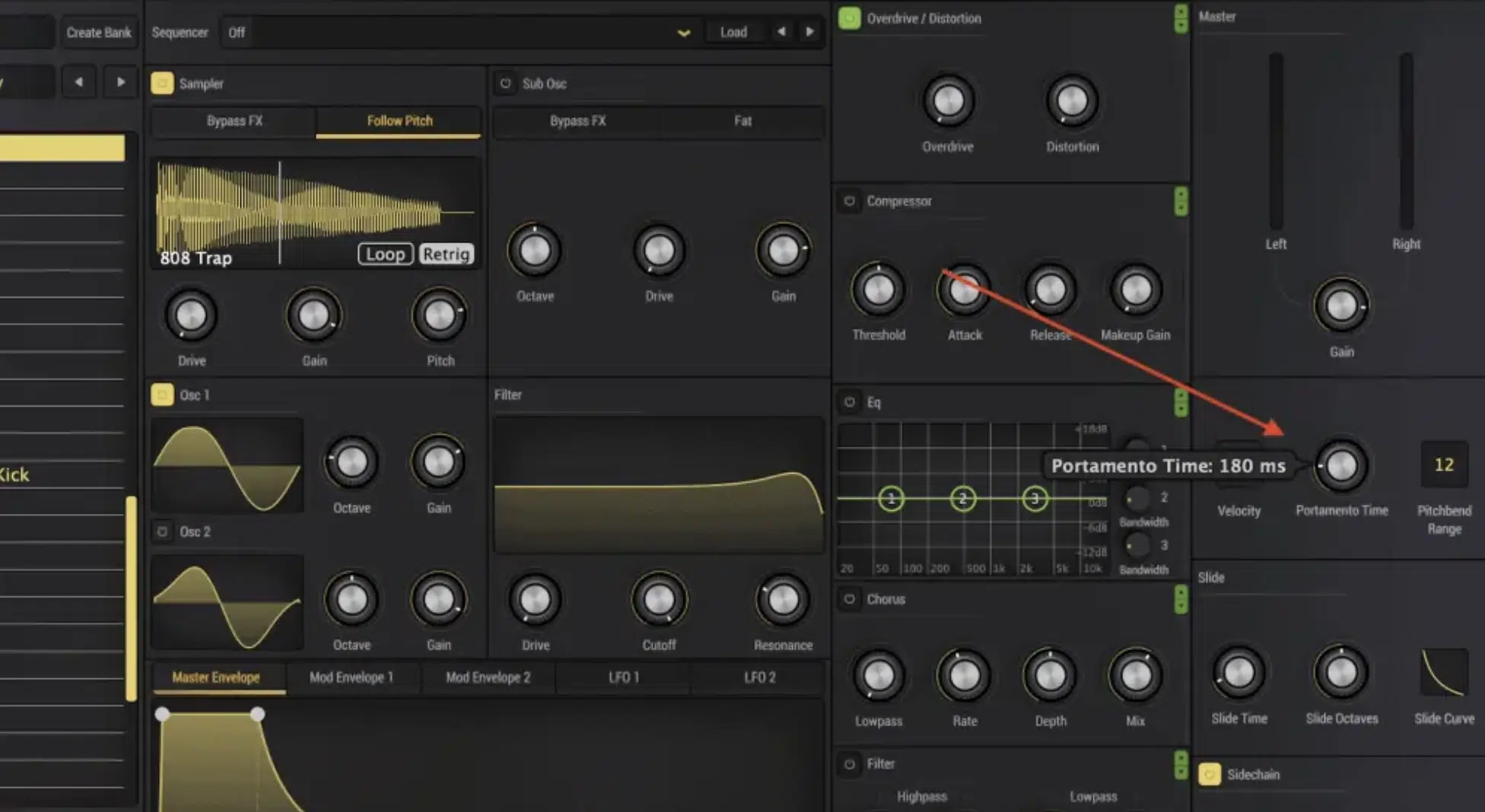
808 glides and slides add a dynamic flair to your track.
They’re those moments where the bass seems to ‘move,’ adding a sense of direction.
To achieve this, you can:
- Pitch bend between notes.
- Use portamento settings in your VST.
This creates a smooth transition from one note to the next 一 giving that sliding effect.
When used right, glides and slides can emphasize certain parts of a song, like transitions into a chorus or an unexpected beat drop.
It’s those little nuances that make a song memorable.
-
Creating Your Own 808 from Scratch in Any Subtractive Synth
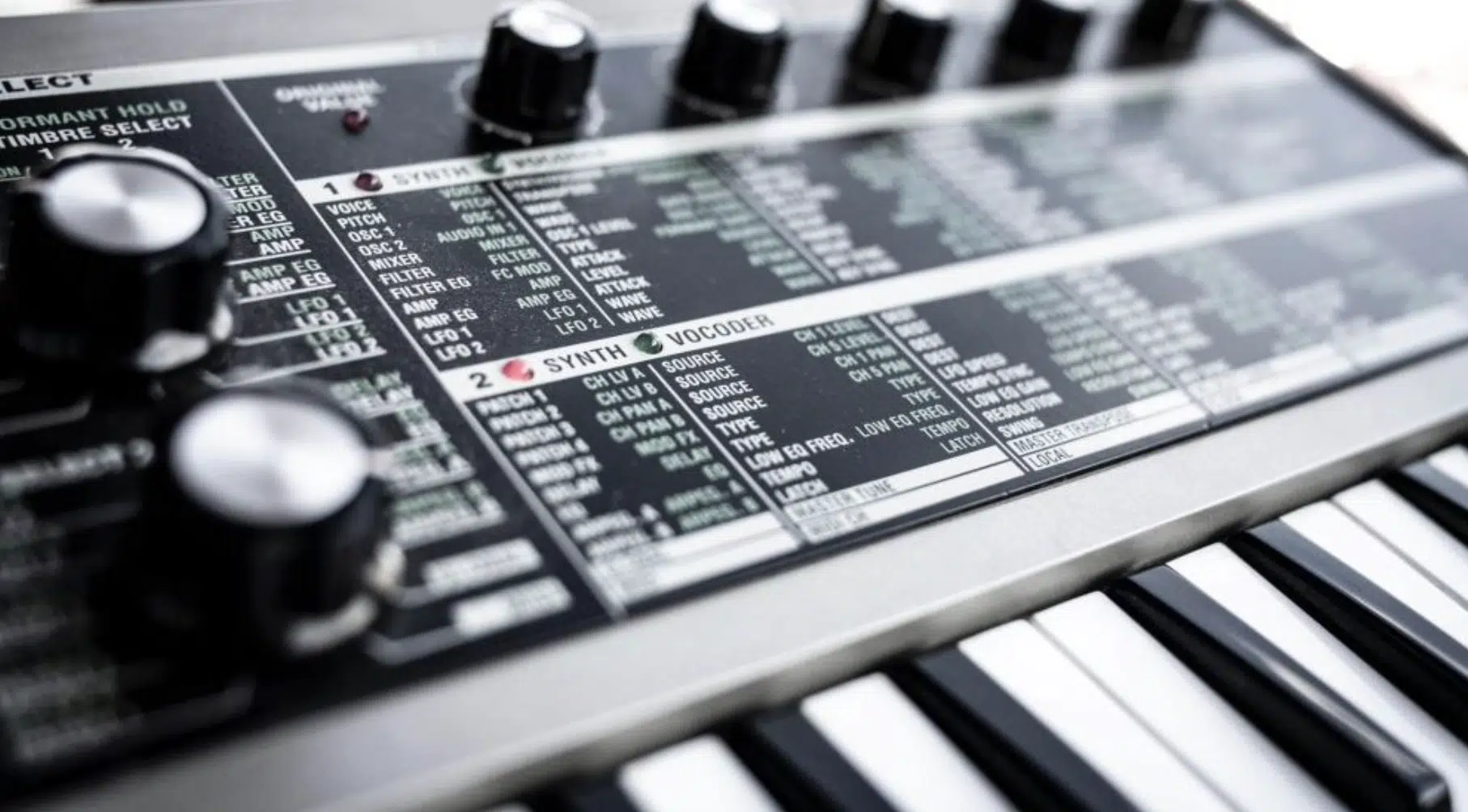
Crafting an 808 from scratch in any subtractive synth is like baking your own bread.
It’s rewarding, and you’re able to control every single ingredient involved.
#1. Begin with a sine wave.
This provides the deep, foundational sound of the 808.
#2. From there, tweak the attack, decay, sustain, and release (ADSR) settings.
A short attack and long decay will give you that classic 808 boom.
#3. Add some distortion for character.
After that, your very own custom 808 is ready to incorporate in your beat.
It might take some experimenting, but once you get the hang of it, the sonic possibilities are endless.
-
Multiband Distortion for Designing & Making Your Bass Stand Out In the Mix

Multiband distortion is like a scalpel for your bass sound.
It allows you to add grit and character selectively 一 without overwhelming the track.
By splitting your bass sound into different frequency bands, you can apply varied amounts of distortion to each.
This means you can add grit to the mids, while keeping the lows clean and powerful.
Used with care, multiband distortion can make your bassline cut through the mix, ensuring it remains the centerpiece of your track.
It’s the seasoning that can make your bassline go from good to phenomenal.
Make sure to get creative and always think outside the box; it could be you creating the next big bassline technique.
Final Thoughts
With the treasure trove of knowledge you’ve now gained from this guide, you’re not just any producer, you’re a future bassline master.
Every beat, rhythm, and note is now within your grasp, waiting to be molded into that killer bassline that leaves listeners in awe.
Your toolbox is now armed with new bassline techniques, insights, and history.
Which can, in turn, set you up to leave a mark in the vast soundscape of music production.
Speaking of tools, there’s something new on the horizon that’s been causing waves in the music world: Bass Dragon.
This groundbreaking AI Dragon isn’t just another tool; it’s a secret weapon.
Picture being able to generate pro-sounding basslines spanning across 30 genres at the click of a button.
No more bassline block or endlessly tweaking notes for that perfect rhythm…
Well, Bass Dragon does it all 一 helping you forge dancefloor-destroying tracks every single time.
It proudly stands as the world’s first (and only) bassline generator, and it might just be the ace up your sleeve.
But whether you’re drawing inspiration from the classics, experimenting with the latest tools, or exploring the frontier with Bass Dragon, remember that the real magic comes from you.
Your vision, your passion, and your dedication are what transform those notes into soul-shaking beats.
So, keep honing your craft, stay curious, and always let the bass lead the way.
Until next time…







Leave a Reply
You must belogged in to post a comment.